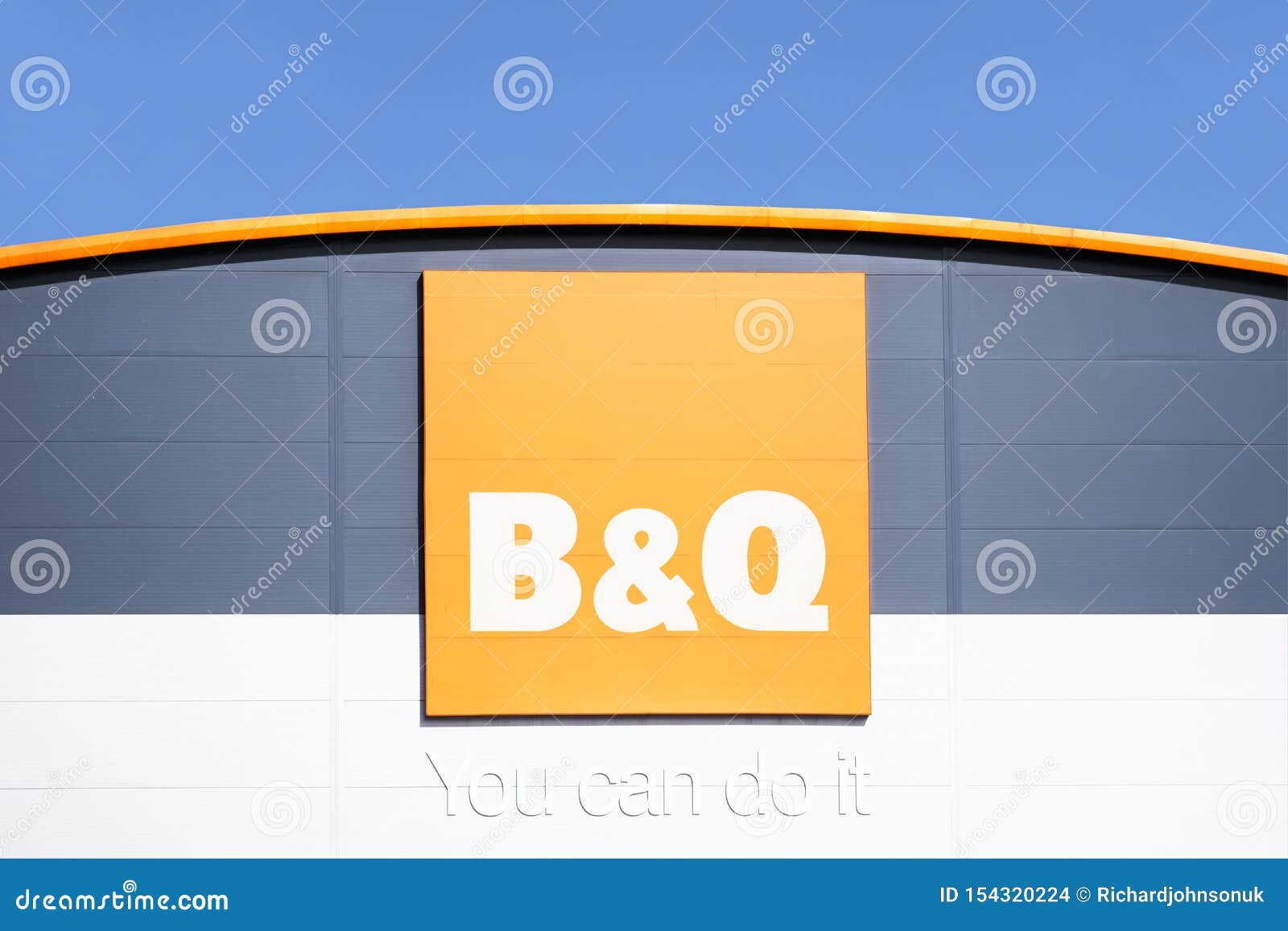Table of Content
The industry landscape is highly fragmented, and the easy entry of new entrants keeps the market highly competitive, in terms of pricing. Specialization and vertical integration provide companies a significant competitive advantage and provide noteworthy value, strengthening their position in organic investment, mergers, or acquisitions. Of the homeowners who completed home renovation projects in 2020, 44% said they did it that year because they’d wanted to do the project all along and finally had the time to do it. Many projects done improperly by homeowners can result in more problems down the road. Remodeled homes are notorious for code violations, especially if the homeowner or an unqualified contractor did the work. Kitchens and baths continue to be the most popular projects, even though they are the most pricey and involved.

Accessibility is becoming increasingly important to them, and they regularly will invest in home improvements and upgrades in their bathrooms like walk-in tubs and smart toilets. This is a growing market as more seniors want to age “in place” and remain in their homes as long as possible. With 71% of homeowners undertaking improvement or renovation projects including interior or exterior paint, this is by far the most commonly purchased home improvement product. The paint section in most home improvement stores can take up as much as a fifth of the store.
Key insights
Most homeowners spent between $5,000 and $10,000 improving their homes in 2018, with those in more densely populated and metropolitan areas spending closer to $18,000. $194 billion of that figure represents the 13 million projects started in 2018 that cost the homeowner over $1,000. Those with higher incomes and multiple properties tend to remodel more and undertake home improvement projects more frequently. 25% of homeowners spent between $10,000 and $25,000 on their home improvement and renovating projects in 2018. The market in Canada is great for businesses that want to bring new solutions to the country.

However, there are many options to keep property safer and still give tenants privacy. New technology can send instant notifications of gas leaks, temperature fluctuations, smoke, and even water leaks. This technology can help a property owner act quickly to mitigate the amount of damage done. Kitchens and bathrooms can also be the most unsightly areas in a house as they age because they are the most difficult to transform and update. It’s easy to go through a home and change paint colors, remove tired brass doorknobs and replace with more trendy brushed nickel or oiled bronze hardware, and hang new curtains. Even new carpet and flooring projects can often be completed in less than a week.
Consumer Technology Overview
Many homeowners regard their kitchens as a central gathering place in the home. Healthy food, cooking, and nutrition are increasingly valuable to younger generations of homeowners and having a beautiful, functional kitchen to cook in is part of a coveted lifestyle. Global home improvement retail market intelligence with special emphasis on regional market.

ROE shows how much profits a company generates with the money shareholders invested . Financial ratio information can be used to benchmark how a Home Improvement Centers company compares to its peers. Accounting statistics are calculated from the industry-average for income statements and balance sheets. To estimate and validate the size of the Home Improvement Retailers Market and many other dependent submarkets in the overall market, both top-down and bottom-up methodologies are utilized.
Products
During 2020, the peak of the COVID-19 pandemic lockdowns, 76% of American homeowners completed home improvement projects. This boosted the home improvement industry’s value by about $90 billion in just one year, and the growth didn’t slow down much in 2021, as Americans spent $538 billion at home improvement stores that year. The home improvement industry is growing in large part because of the COVID-19 pandemic.

Home improvement industry market is made up of different things, and in order to understand what segment actually controls it in Canada, we had to take a look at the numbers within the sales inside Canada. We know that we were not the only people who were interested in how true this is, and how much Canadians actually spend on home improvement. That is why we looked around in all the magazines, official reports, and news to find some information. During the forecast period, major regions are expected to see the most rapid increase. Homeowner equity has enjoyed a 16.2% increase, year over year since 2019. Improved equity creates opportunities for flexible spending and putting money toward improving the value of the home.
Financial Services & Investing Overview
Generally, higher is better, since it indicates the business has less money tied up in fixed assets for each dollar of sales revenue. If this number is low in your business when compared to the industry average in the research report, it may mean your payment terms are too lenient or that you are not doing a good enough job on collections. Shareholders' Equity is defined as the company's total assets minus total liabilities.

Over a third of home improvement projects are commonly considered DIY, such as interior painting. However, projects like exterior improvements (replacing windows, siding, roofing, etc.) are rarely attempted by the average homeowner. These are pretty specialized projects with the potential for a lot to go wrong.
Americans are improving the appearance and comfort of their homes, starting with the kitchen and bathrooms first. While these are higher-ticket projects, the potential for return on the investment made is high, especially if the property will be sold or rented. That means that not only is the market frequently changing, but people are actually willing to pay large amounts of money in exchange for a comfortable house. 57% of homeowners in Canada have done at least one home improvement project. The most remodelled place in Canada among different rooms of the house were the kitchens.

Many also suddenly had the money they needed to do these projects thanks to deferred vacations, government stimulus checks, or even unexpected increases in home equity. 12% of U.S. homeowners who renovated their homes in 2020 were Millennials. Just 20% completed home improvement projects to address damage, and 10% were trying to increase their home’s value because they were planning to sell it soon. 84% of homeowners intend to complete a home improvement project related to heating and cooling in 2022. A typical remodeling project will improve a home’s resale value by an average of 56% of the cost of the remodel – however, this percentage can be significantly higher or lower depending on the project. On average, homeowners completed one more home improvement project in 2021 than they did in 2020.
It’s interesting to note that homeowners may spend as much as $3.70 less per year since a house was built on emergency home projects. Home security continues to be the most popular upgrade, with an increase of 18% of homeowners opting for it in 2018 vs. 15% in 2017, and 12% in 2016. The most popular smart home upgrades for security are alarm/detection systems, motion-activated lighting, garage door openers, cameras, and video intercom/doorbell systems. Nearly half of the homes in the U.S. were built before 1980, and 38% before 1970. The median age of homes in the U.S. is rising, and as homes age, the need for upgrades, improvements, and renovation will only continue to grow. New construction has slowed, and with most homeowners living in homes that were built before 1979, fixing up and improving the appearance of an aging home is a more affordable option.
More specifically, 32% of homeowners who completed home improvement projects painted their home’s interior, 28% remodeled a bathroom, and 27% installed smart devices. This growth is due to several factors, including the growing popularity of smart home technology and the increasing number of rental home landlords who are improving their properties to meet growing demand. One of the most common issues necessitating an upgrade in an older home is electrical systems not being grounded or able to handle the load that a modern household’s appliances can place on it. If a homeowner purchased a home with service lower than 100 amps or charming antique knob-and-tube wiring, they might find a hard time finding an insurance carrier who will insure the property. Aging plumbing and electrical systems can keep a homeowner awake at night. Statistics show owners of more modern homes tend to spend more on emergency repairs.
Home Improvement Industry Statistics by Home Improvement Companies
Innovation in products, cost control, supply chain and logistics management will further drive this industry. The analysis data is based on current and historical market trends which help in investment related decisions. The Europe home improvement market size is poised to hold more than USD 315.5 billion revenue in 2027.
Research indicates that Millennials are doing a greater number of home improvement projects each year than any other age group, driving billions of dollars into home improvement in the coming years. The home renovation business accounts for well over $400 billion in annual revenue and is projected to reach $510 billion by 2024. Our expert team of researchers can create market analysis reports for any of your needs.

No comments:
Post a Comment